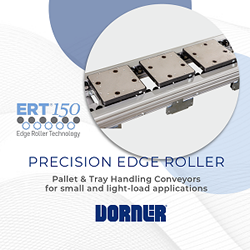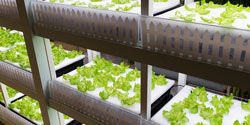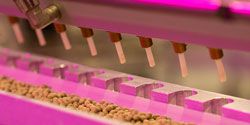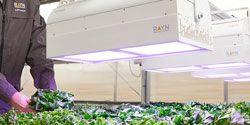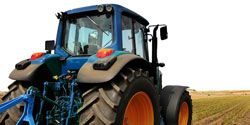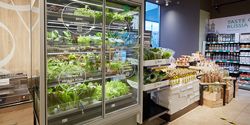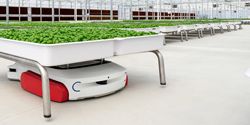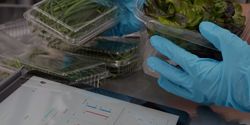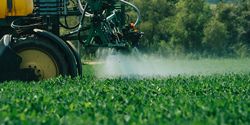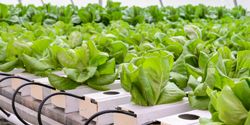Challenges and Opportunities Faced in Vertical Farming
Vertical Distribution of Growing Plants Results in Less Land and Soil Used
Designing a True Maintenance-free Pivot
Sustainable Packaging for Fresh Produce
Lighting Solutions for Horticultural Applications
Data and Connectivity, The Key to Agriculture 4.0
Tips to Leverage Your Cash Flow and Invest Where It Matters
Maximizing Shaft and Bearing Lifetimes in Agricultural Machinery
We Cannot Reduce Cost of Electricity, So We Learn How to Make Best Use of Energy
Using AI, Robotics and Plant Science to Grow Better More Sustainable Produce
Building a Distributed Network of Farms and Farmers
Sustainability in Agriculture without Increasing Production Costs
Bridging the Gap from Farming to Today's Highly Efficient Manufacturing Methods
Control Grow Conditions Like a Millionaire Without Spending a Fortune
Autonomous and Emerging Technology in Farming
Records 16 to 30 of 81
First | Previous | Next | Last
Featured Product
